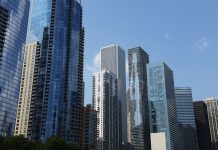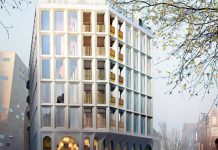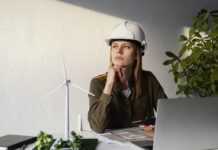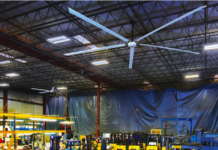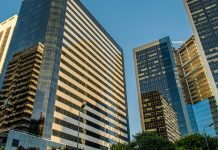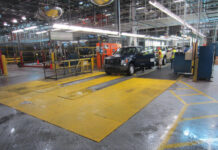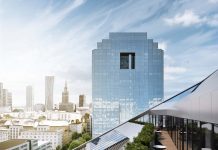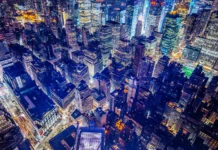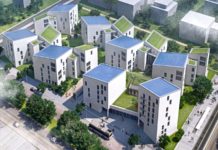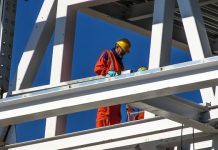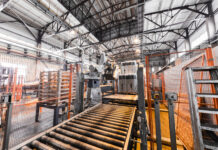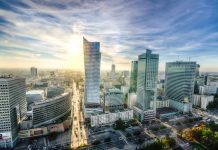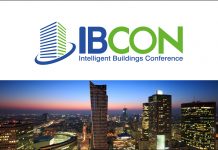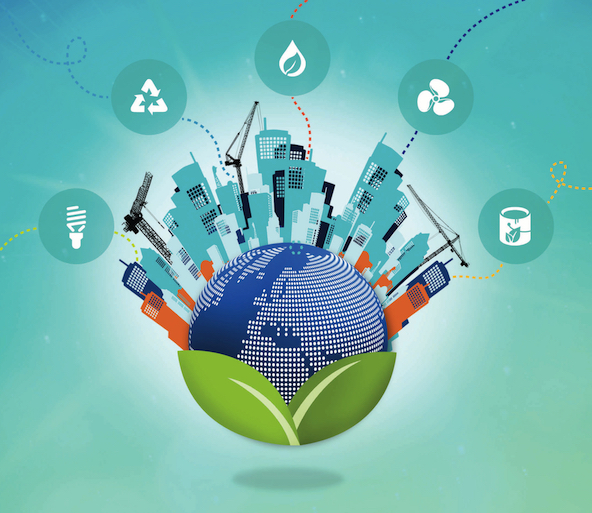Green building is already widely adopted globally, with strong growth expected in most countries, but most particularly in the developing world. The findings reveal that green building is a global trend, with nearly universal importance placed on energy conservation. However, as the previous study from 2012 also demonstrated, the priorities and obstacles need to be understood on a country-by-country basis to truly succeed as a sustainable business in the global marketplace.
Developing Markets Expect Greatest Green Growth

The percentage of firms expecting to have more than 60% of their projects certified green is anticipated to more than double from 18% currently to 37% by 2018. This is a similar pattern to the growth in activity expected in 2012, although the greater share of respondents from developing markets and a shift from a majority to a minority of green building council member participants yields lower levels of activity than was reported in 2012.
As the chart n. 1 demonstrates, the anticipated growth is largely driven by countries that still have developing green markets. Mature markets in the US and Europe (including Germany, Poland and the UK) report moderate levels of growth. In contrast, respondents from Mexico, Brazil, Colombia, Saudi Arabia, South Africa, China and India report much more dramatic growth in the percentage of their projects that they expect to certify as green.
Top Triggers for Green Building
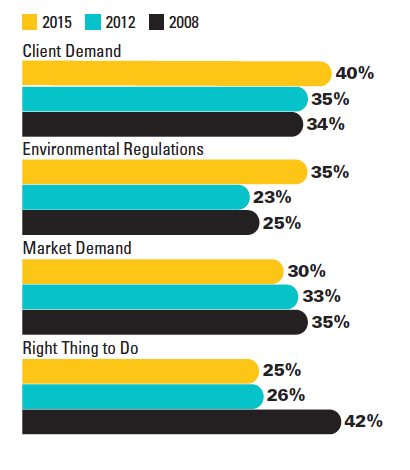
While client demand has consistently been an important trigger in the studies conducted in 2008 and 2012, it takes a significant leap in 2015 as one of the top triggers driving future green activity, from 35% in 2012 to 40% in 2015. Clearly, recognition by owners of the benefits of green is critical to sustaining green market growth globally.
Environmental regulations also experienced an uptick in the percentage who selected it as a top trigger, driven by a high level of response from a few regions, including India, Singapore and the UK.
However, as the top social and environmental reasons for building green demonstrate, priorities for building green vary widely by region. For example, while encouraging sustainable business practices is an important reason for building green in most countries, it carries little weight in Saudi Arabia, where increasing worker productivity is a critical factor. Similarly, energy conservation is nearly universally an important environmental reason for building green, but in some countries, such as Brazil, Colombia, Saudi Arabia, Australia and China, protecting natural resources is considered a priority by nearly as many respondents.
Obstacles Vary by Country
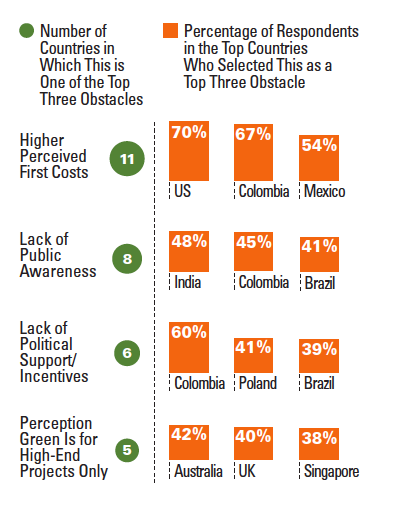
Higher first costs is one of the top three obstacles in 11 out of the 13 countries featured in the study. It is particularly prominent in the Americas, especially in the US and Colombia.
Lack of public awareness and lack of political support/ incentives are top obstacles in many developing green markets, including Brazil, Colombia, India and Poland. In more established markets like Australia and the UK, the perception that green is for high-end projects is a more prominent obstacle than in less established markets.
Strong Benefits for Building Green Reported Globally, Based on Increased Measurement of Green Building Impacts
Three quarters (75%) of respondents are tracking metrics on the benefits of their green buildings, a 12 percentage point jump over those doing so in 2012. The higher degree of measurement reaffirms the strong benefits noted in 2012, which are largely equaled or surpassed in the current study.

The table n. 1 demonstrates the benefits experienced globally. While there are some differences by country, for the most part, the reporting of these benefits is very consistent across the globe. Perhaps the most notable difference by country is in terms of payback periods for the additional cost of building a new green building, where developing countries in the Americas (Mexico, Brazil and Colombia) report short payback periods of five years. For many commercial investors, this is a critical threshold that can help spur green development.
Source and the full report: 2016 World Green Building Trends


